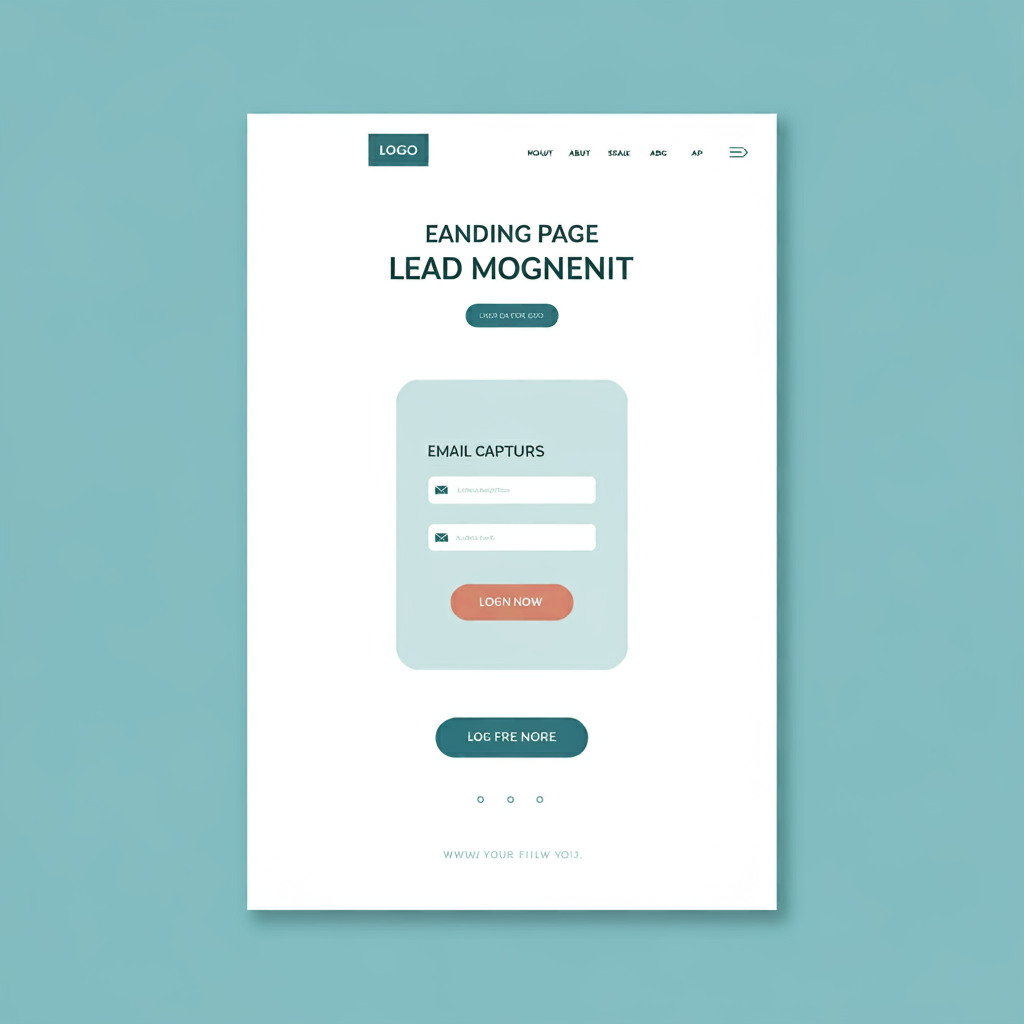Steps to Building Your Own Email List

Building an email list is essential for reaching and connecting with your audience, whether you’re running a business, blog, or personal brand. A well-curated list lets you communicate directly, drive sales, and grow your audience. This guide will walk you through the steps to start your own email list, from choosing the right platform to promoting your list effectively.
1. Choose an Email Marketing Platform
To start building an email list, choose an email marketing platform that aligns with your goals and budget. These platforms provide essential tools for collecting emails, managing subscribers, and sending newsletters.
- Consider Usability and Features: Look for features like automated welcome emails, list segmentation, and analytics to help you track your email performance.
- Popular Options: Platforms like Mailchimp, ConvertKit, and Constant Contact are great for beginners, as they offer free and affordable plans with essential tools.
Suggested Image: A comparison table or chart showcasing different email marketing platforms with key features highlighted.
2. Create a Lead Magnet to Attract Subscribers

A lead magnet is an incentive you offer in exchange for someone’s email address. It could be a free eBook, checklist, discount code, or exclusive content that provides real value to your audience.
- Tailor the Lead Magnet to Your Audience: Think about what would benefit your target subscribers most. For example, a fashion brand might offer a styling guide, while a fitness coach might provide a free workout plan.
- Design a Landing Page: Use a clean, attractive landing page with a form where people can sign up and receive the lead magnet automatically.
Suggested Image: An example of a landing page featuring a lead magnet, with a form to collect emails.
3. Add Signup Forms to Your Website
Make it easy for visitors to subscribe by adding signup forms across your website. Positioning forms strategically helps capture email addresses from those genuinely interested in your content or products.
- Placement Matters: Add signup forms in prominent areas like your homepage, blog sidebar, and at the end of blog posts.
- Use Pop-ups Wisely: Consider using pop-ups to capture attention without being intrusive. Timing them for when visitors have been on your page for a certain period can make them more effective.
Suggested Image: A website with visible signup forms in different sections, like a pop-up and footer.
4. Encourage Signups on Social Media
Promote your email list on social media to attract followers interested in hearing more from you. Social media platforms are great for introducing people to your list and encouraging them to join.
- Create Teaser Posts: Highlight the value of your email content and lead magnet by sharing teasers or sneak peeks.
- Add Signup Links to Your Profile: Many platforms allow you to add a link in your bio. Use this to direct followers to your signup page.
Suggested Image: A screenshot or graphic of a social media profile with a call-to-action for email signups.
5. Start With a Welcome Email Series
Once people sign up, sending a welcome email series helps you build rapport and establish a connection right from the start. Welcome emails generally have higher open rates and give you a chance to introduce yourself or your business.
- Introduce Your Brand: Start with a brief introduction, and let subscribers know what they can expect from your emails.
- Deliver the Lead Magnet: If you offered a lead magnet, make sure it’s included or linked in the first email.
- Follow Up: Add a few follow-up emails that provide valuable content, share your story, or guide them through your most popular resources.
Suggested Image: A timeline or sample sequence of a welcome email series, highlighting the topics of each email.
6. Segment Your List for Targeted Campaigns
Segmenting your email list allows you to send targeted messages to specific groups within your audience. Segments can be based on subscriber interests, engagement levels, purchase history, and more.
- Personalize Content: Use segmentation to tailor messages and offers that are most relevant to each subscriber.
- Increase Engagement: Targeted emails often have higher engagement rates, as they resonate more closely with subscriber needs and interests.
Suggested Image: A visual breakdown of an email list, showing different segments like “New Subscribers,” “Frequent Buyers,” and “Content Readers.”
7. Promote Your Email List Across Multiple Channels
Expanding your email list requires consistent promotion. Besides social media, consider using other methods to spread the word about your list and its benefits.
- Add Email Signups to Checkout Pages: For e-commerce sites, adding an email signup checkbox on checkout pages helps capture subscribers who’ve already shown interest in your products.
- Collaborate with Other Creators: If you know others with complementary audiences, work together to promote each other’s lists and grow your subscribers.
Suggested Image: A graphic showing email list promotion channels, like social media, checkout pages, and partnerships.
8. Monitor Your Results and Optimize
As your email list grows, tracking key metrics helps you understand what’s working and where you can improve. Common metrics include open rates, click-through rates, and subscriber growth.
- Experiment with Content: Test different subject lines, email formats, and content types to see what resonates best with your audience.
- Clean Your List Regularly: Remove inactive subscribers to maintain high engagement rates and ensure you’re reaching people who are genuinely interested.
Suggested Image: A dashboard showing email performance metrics, like open rates, click-through rates, and list growth.
Conclusion
Starting an email list requires a mix of strategy, patience, and consistency. By choosing the right platform, offering a valuable lead magnet, and promoting your list effectively, you can build a dedicated audience that is excited to hear from you. With regular monitoring and optimization, your email list will become one of your most powerful tools for communication and growth.
